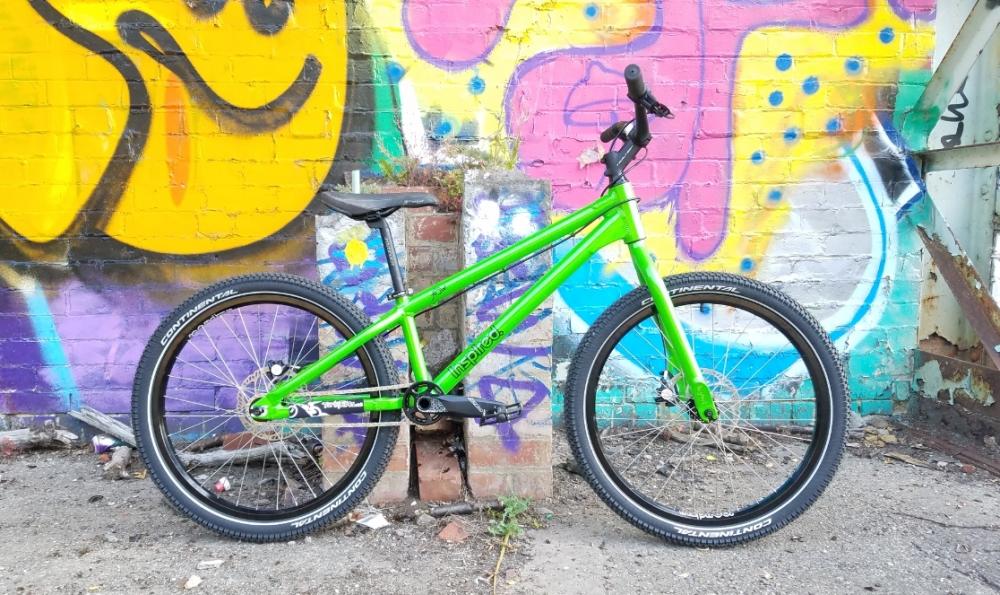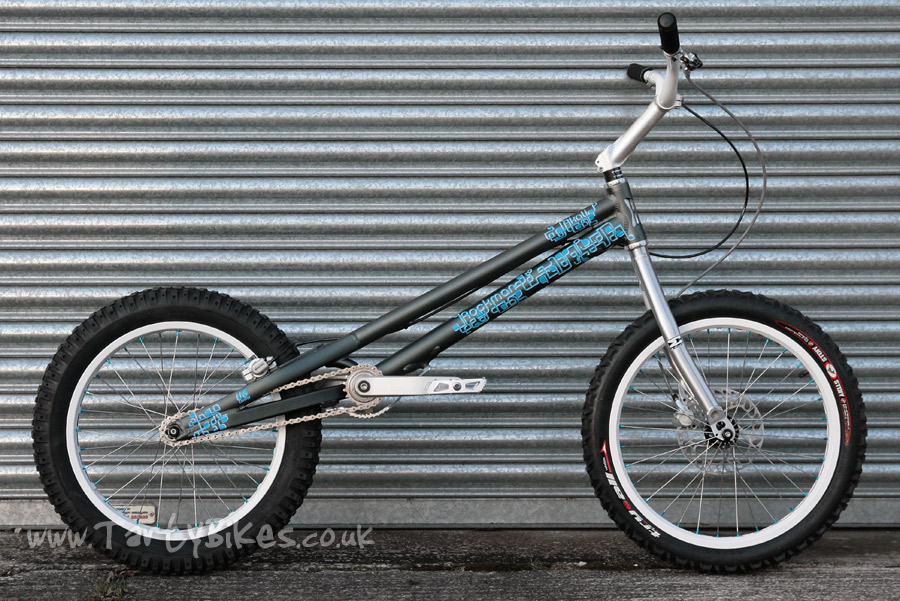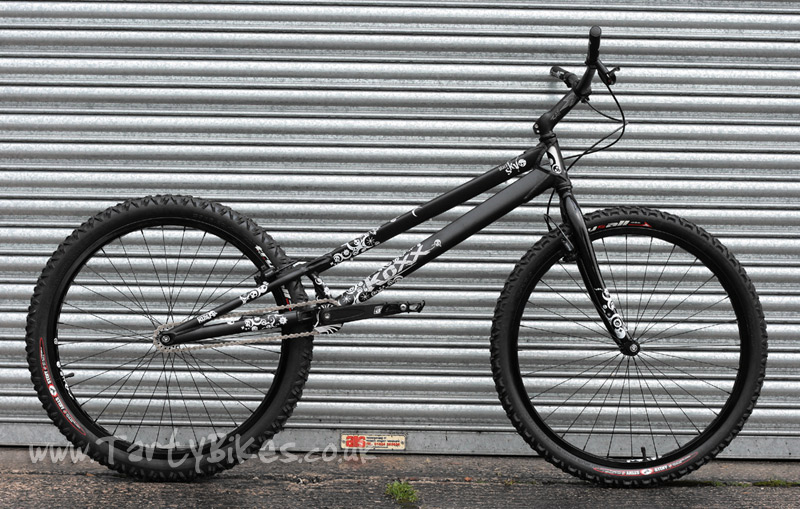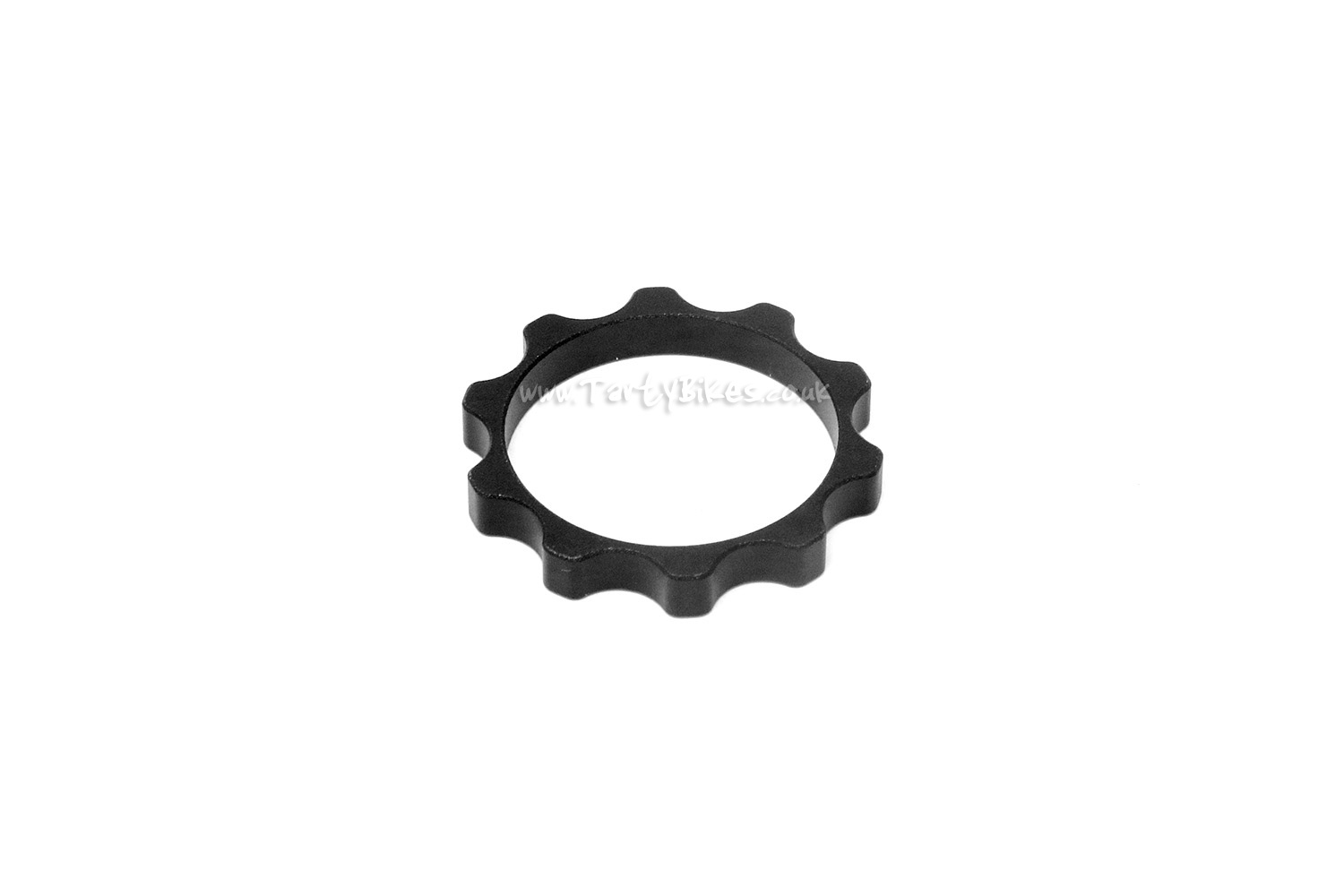
Jamie mcdonald
-
Posts
14 -
Joined
-
Last visited
Content Type
Profiles
Forums
Gallery
Posts posted by Jamie mcdonald
-
-
I have just replaced my chain on my trials bike and I've realized that the free wheel has a bit of play it's a trial tech 72 engagement one should I be concerned. It's only about half a mm.
-
1 hour ago, Alyksett said:
Could be a lot of things but for me it was the racer between my bottom headset bearing and my fork. I'm still not sure how to fix it exactly but try swapping racers, forks, re-tightening everything and putting lube/grease on the racer area. Seemed to help for me but it's still on/off.
Thanks I will try this I think it only realy happened because of how much pressure it gets put on it with trials.
-
I have had a creak in my front end for ages and I cant stand it anymore. It's not the bar or stem so I'm thinking it's either my headset or wheel. Has anyone had the same problem. Thanks jamie
-
I just installed some new 9.p magura pads on my trials bike there not bedded in yet. But when I back hop every so often the brake makes a squeak. I cant tell if it's the caliper or the rotor moving or the brake pads because it makes a noise like something is loose.
-
Ok thanks for the guidence.
-
On 7/22/2021 at 9:34 PM, JJ.. said:
I would lower your seat or even switch back to the metal one it came with because you don't want to hit your seat every time you bunny hop.
-
Hi I'm Jamie I've been riding street trials for 9 months and I kept braking parts on my bike and came across trials forum when searching about problems I was having.
-
On 3/15/2010 at 7:47 PM, rupintart said:
This question comes up fairly often. And I somewhat relate it to buying a car. Can a novice driver ONLY drive a shitty Civic, or can he drive a Ferrari? Answer is, he can drive the Ferrari. He is 10000% capable of learing how to drive in the Ferrari just as well as the Civic as it's all new and foreign. He may not "appreciate the differences", but that's not the topic at hand, and that wasn't what was asked. The questions you ask yourself after, well, they don't really relate to biking/trials, so we'll stop it there.
People first starting out are always asking "Is this bike good? What about this one? What would you recommend?"
More often than not, people will point you towards something a bit more burly and "abusable" (like the whole civic analogy). Fact is, along with burly, comes weight. Tossing around a 30lb bike is not going to be as fun, nor as easy as it is to toss around a 22lb bike.
Now a days, a "run of the mill" stock complete comes in somewhere around 22-24lbs, and the mods come in somewhere around the 20-22lb range. Obviously, lighter = more expensive. But many of the completes available today, will not come with the uber lightweight stuff unless specifically noted or intended. i.e. Tarty has "lightweight builds". Be advised though, usually the lightweight stuff isn't necessarily more delicate per say, but it's not designed to be as durable under the same circumstances in the hand of an unsmooth rider. i.e. It can take 10ft drops to flat no problem. But not under somebody who just hucks off of it. That's where the lightweight stuff comes into play. They're durable enough, just not for somebody that's ALWAYS landing really heavy, or unsmoothly.
They typical question: "Is this a good first bike?" And they link to something like:
or for you prospective stock riders:
OK, first off, the first thing most people will tell you is:
1. "That bike is too expensive for a beginner to learn on."
2. "Why don't you get something with more neutral geometry?"
3. "There are better bikes for you to learn on such as _____."
#1 Who the hell are they to decide what's too expensive to learn on? If you have the cash to be able to afford a higher end bike, get it. Period. Don't let anybody tell you it's too $$$ for a beginner or whatever. If you can afford to start off on the best equipment, do it.
#2 When starting out, it is ALL new and foreign. Higher BB (or whatever else) may be niche, or whatever reason they give you, but it being all new, it's all going to be the same to you learning curve wise. It won't hinder or help you one way or the other. In essence, the learning curve is the same.
#3 Are those neutral or older bikes really better for a beginner? OK, so it's burlier and cheaper. On the flip side, you have a heavier bike that has geometry more designed around stability on two wheels and/or not necessarily what's best for anything else. And in the end, it becomes a bike much harder to toss around comparatively. Again, it goes back to #1, if you can afford the light and/or better stuff, why not? Most of todays completes are built around the compromise of durability and weight anyways as most people who buy completes are usually either
A. First time riders
or
B. somebody who wants the compromise of light vs. strong guesswork done for them.
So DON'T hesitate to get the higher end bike IF YOU CAN AFFORD IT. Rest assured all of the parts in those completes are more than adequate for a beginner or pro. Again, the guesswork is taken out. Most people start out on lower end stuff mainly because of cost. I would say that's 95% of the reasoning behind choosing a bike to start out on. The other 5% usually being scared to try the higher end stuff in fear of it collapsing under them. The bike is fine. As stated, most of the "uber lightweight" stuff is noted as such and I feel, for the most part, is pretty self explanatory. And a point most people overlook or not even consider is that along with more skill, smooth-ness, and technique, comes the demand for the part to hold up under them. No pro or experienced person would put something under them that jeopardizes their safety, regardless of the weight.
In the end, there really ISN'T a "Is this a good first bike for a beginner?". It all usually comes down to price point of what you can afford. And if you've noticed when looking around, all the cheaper stuff usually has the neutral geometry anyways. The big misconception about high end/expensive completes is that they're "reserved for experienced riders". No, they're for ANYBODY. If you were experienced, more often than not chances are you'd build your bike from scratch or from parts of your last bike. It just happens that the more experienced riders are the ones who spend more money.
Anybody feel free to expound on anything mentioned here. I think I covered most everything.
You definitely can learn trials on an expensive bike
But trials is a thing that takes alot of time to learn and theres no point of spending 2k on a bike that you might not use or might not enjoy riding.
-
I recently put some new cranks brothers stamp 2s on my trials bike and they were tight for a week of riding or so and it's almost like they just loosened in an hour today. I've tighten them back up now but I just found it unusual how they just loosened today. After a week of staying tight.
-
2 minutes ago, Mark W said:
That wouldn't really be ideal. That's why the SRAM cranksets sold with those bashrings come with this spacer:
That fits within the bashring constraints and spaces it out correctly. You could get away with doing it by filing/grinding/whatevering a regular 4.5mm spacer but it'll probably take some doing. It'll be better than running your cranks incorrectly spaced though.
Ok thanks
-
I recently have bought a sram dub cranks set
With the inspired bash.
I had a bike shop instal it and it turns out they have not put any spacers in.Allowing it to shift backs and forth.Sram recommends a 4.5mm spacers for my frame size But the bb only came with a 2.5mm spacer and if I were to install that it would remove play but the preloader will be pretty far out. I just dont know If it would work well and not damage my new cranks and bb.






Inspired fourplay creak
in Trials Chat
Posted
I have just bought and inspired fourplay and within a week the front end is creaking I have creased the bars and stem bolts wondering if it could be anything else. before I take apart the headset.